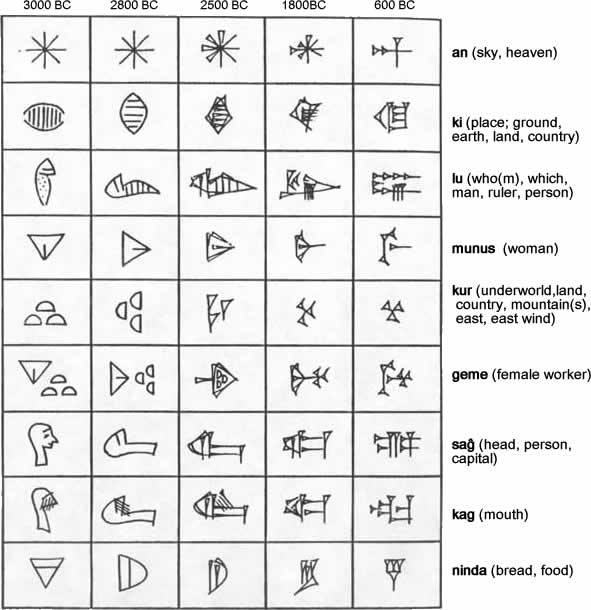Newly discovered clay Tablet V of the Standard Babylonian Epic of Gilgamesh. in the Sulaymaniah Museum in the Kurdistan Region of Iraq has corrected the order of chapters, filled in blanks and added 20 lines to the Epic of Gilgamesh.
Read various versions of The Epic of Gilgamesh:
Project Gutenberg:
- An Old Babylonian Version of the Gilgamesh Epic by Clay and Jastrow. (also on archive.org)
- The Epic of Gilgamish by Stephen Langdon
- Assyrian International News Agency Books Online (PDF)
Audio Readings and books:
From Internet Archive: The Epic of Gilgamesh - a new translation
by Prince Frederick, MD Performed by George Guidall.
Hear The Epic of Gilgamesh Read in its Original Ancient Language, Akkadian. Standard Version, Tablet XI, lines 1-163, read by Karl Hecker
The University of London’s Department of the Languages and Cultures of the Ancient Near. Readings of Gilgamesh, The Epic of Anzu, the Codex Hammurabi and other Babylonian texts.
- English to Cuneiform Translator. Babylonian,or here, Sumerian Cuneiform Digital Library Initiative.
- Cuneiform the system of writing used in the ancient Middle East. Cuneiform was employed for writing a number of languages from about the end of the 4th millennium BC until about the 1st century BC.
Akkadian was a semitic language spoken in Mesopotamia (modern Iraq and Syria) between about 2,800 BC and 500 AD. It was named after the city of Akkad and first appeared in Sumerian texts dating from 2,800 BC in the form of Akkadian names. Read more on omniglot.com
Sumerian was spoken in Sumer in southern Mesopotamia (part of modern Iraq) from perhaps the 4th millennium BC until about 2,000 BC, when it was replaced by Akkadian as a spoken language, though continued to be used in writing for religious, artistic and scholarly purposes until about the 1st century AD. Sumerian is not related to any other known language so is classified as a language isolate. Read more on omniglot.com

Sumerian language and writing system:
- ancientscripts.com Sumerian
- Wikipedia Cuneiform
- Wikipedia.org Sumerian language
- sumerian.org
- Sumerian Lexicon
Akkadian language and writing system:
- Akkadian, an introduction collected by John Heise
- Wikipedia Akkadian language
- Wikipedia Akkadian Cuneiform
- ancientscripts.com Akkadian
- The Akkadians - by Robert A. Guisepi and F. Roy Williams
- Akkadian Dictionary
No comments:
Post a Comment